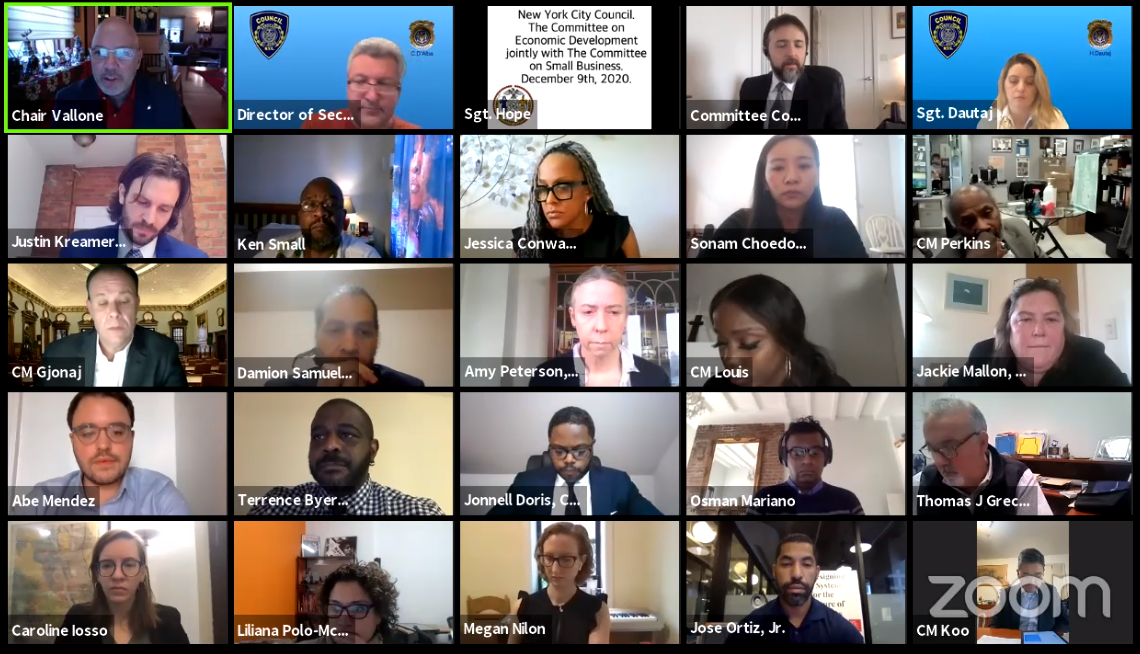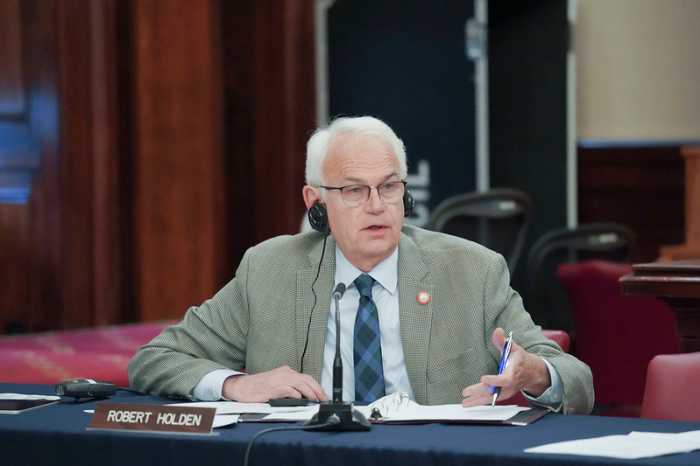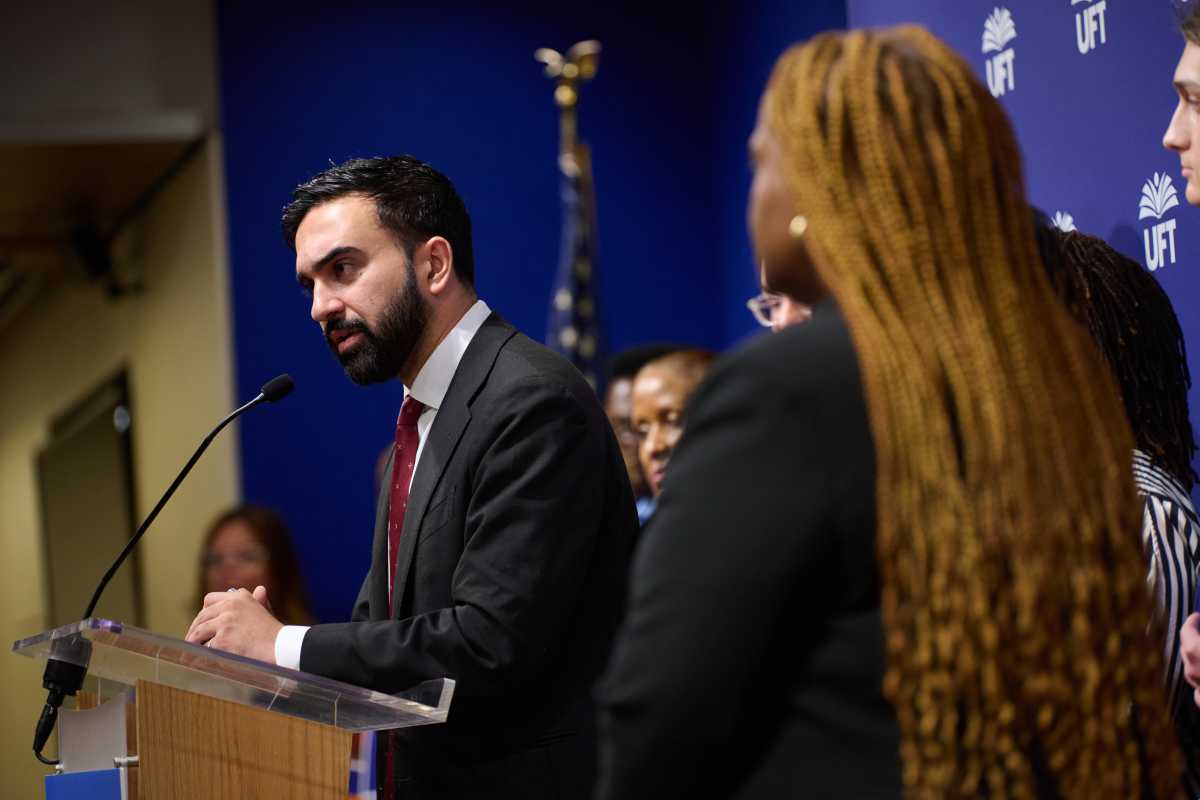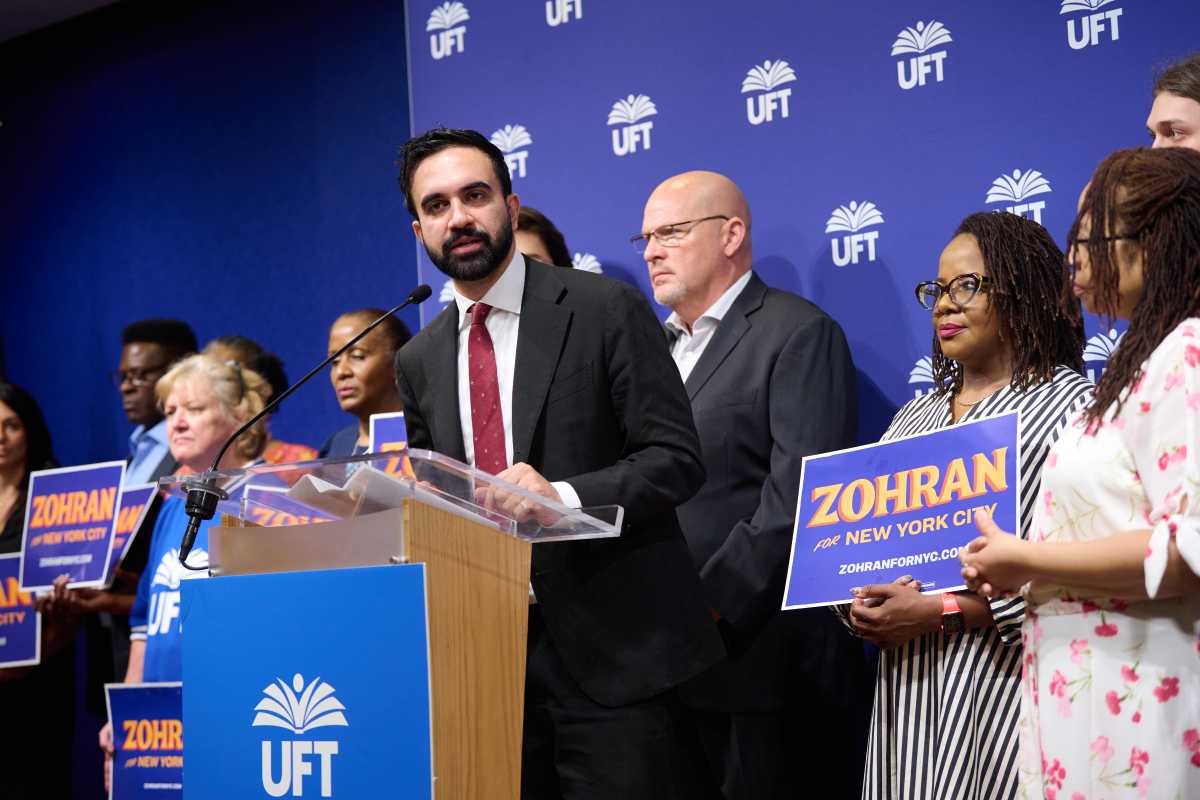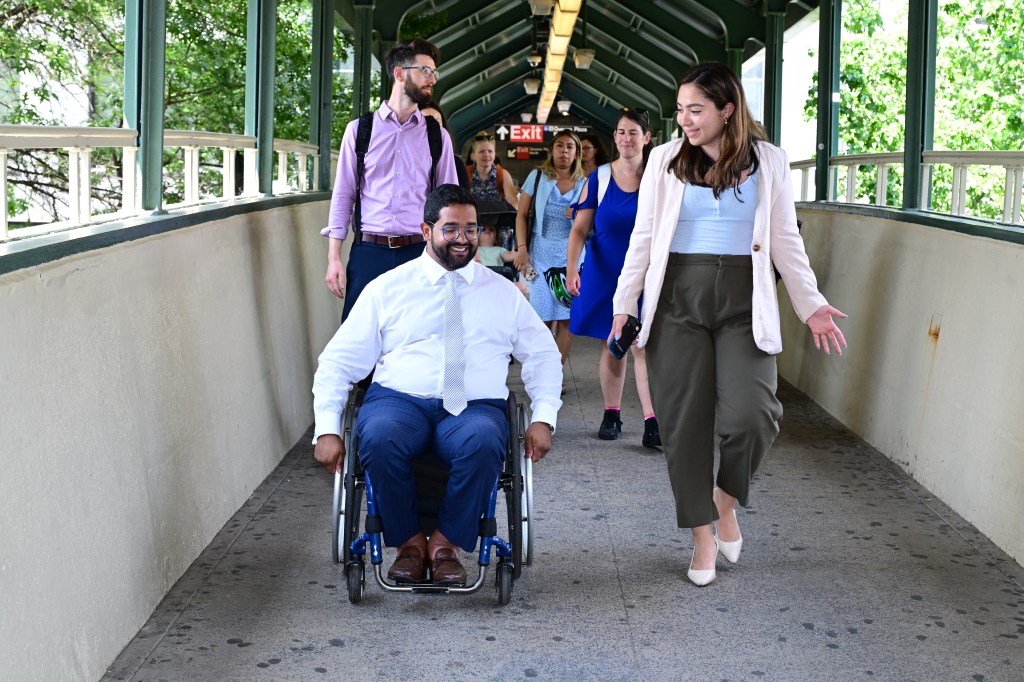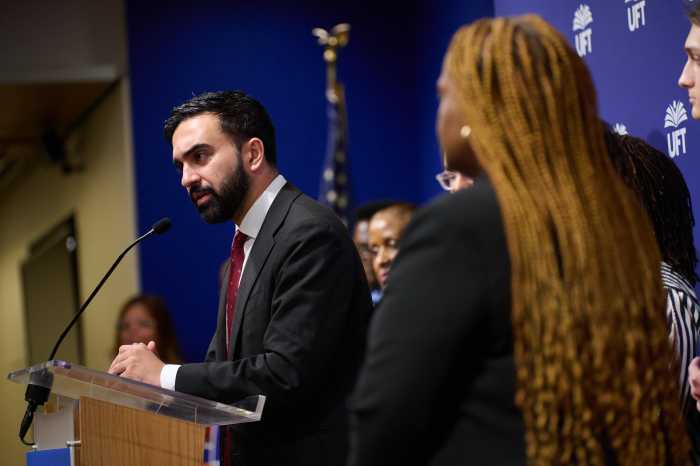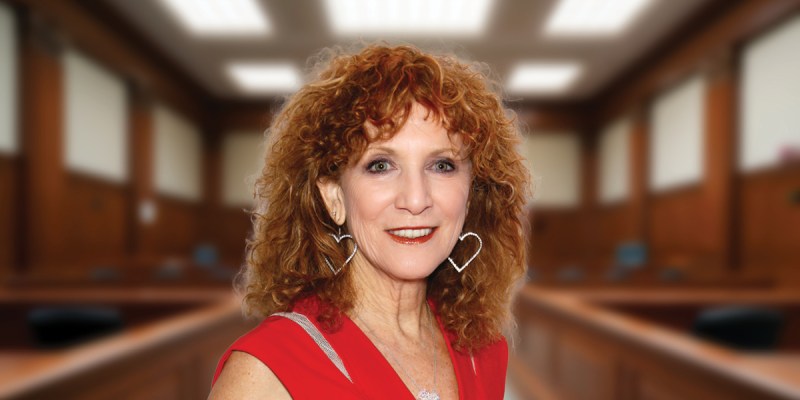As the city moves into a new year and a post-COVID world, Councilman Paul Vallone is urging the New York City Economic Development Corporation (NYCEDC) and Small Business Services (SBS) to ensure equity-based workforce development programs throughout the five boroughs in the coming months.
Vallone co-chaired a hearing of the Committees on Economic Development and Small Business on Wednesday, Dec. 9, with the Mayor’s Office of Workforce Development, NYCEDC, and SBS Commissioner Jonnel Doris.
Getting New Yorkers back to work will be a multi-agency effort that must be a top priority heading into the new year, according to Vallone.
“Today’s hearing offered a critical look into job development progress prior to the COVID-19 crisis, how these initiatives have adapted to challenging circumstances and what plans lie ahead for the city’s various workforce development programs and small business support,” Vallone said. “It is essential that these programs reach the five boroughs equitably and, likewise, that New York City businesses are connected directly to local talent.”
During their testimony, advocates stressed the need for increased programs to assist New Yorkers with pathways into careers.
“New Yorkers need free job training programs now more than ever, said Abe Mendez of Per Scholas, a nonprofit that provides tuition-free technology training to unemployed or underemployed adults for careers as IT professionals. “Workforce organizations such as Per Scholas are vital to the economic recovery of the city.”
After previously having its longest economic expansion on record, New York City endured one of the worst rates of job losses of 82 other U.S. metropolitan areas due to COVID-19, in comparison to July 2020 and July 2019.
From October 2019 to October 2020, private sector jobs fell to 3,545,600 from 4,099,500 — a loss of 553,900 jobs — which were shed primarily from the leisure and hospitality sector. Further, New York City saw an unemployment rate that was significantly higher than the statewide rate, a disparity seen and felt throughout the five boroughs.
In Queens, unemployment saw its height in June with a 21.6 percent rate, compared to the 3 percent rate seen in February, but the borough has seen a promising decline to 13 percent in October.
NYCEDC reported on recent workforce development initiatives, including partnering with Fullstack Academy to launch a $7.8 million cybersecurity “bootcamp” for NYC-based cybersecurity jobs and awarding $550,000 in micro-grants to support workforce training programs for in-demand jobs.
The organization also played a critical role in creating local manufacturing jobs in direct response to the COVID-19 crisis in the spring and the need for PPE and medical equipment.
Last spring, SBS announced the creation of an online resource, “Career Discovery NYC,” and pivoted its Workforce1 Career Centers job support to virtual. However, overall city resident engagement at the Center was down this year compared to last.
Earlier this year, Doris announced the creation of Career Discovery NYC, a centralized online resource to help New Yorkers with career discovery and training.
“Thousands of New Yorkers will be conducting much more of their lives in a virtual environment. This portal is a step to ensure that they are well equipped and supported in their career exploration, and to put them on a path toward economic prosperity,” Jonnel said.
Vallone is also urging the Mayor’s Office of Economic Opportunity and Office of Workforce Development to market and promote working nyc.gov, which serves as a new workforce hub for city employment resources and training programs.

